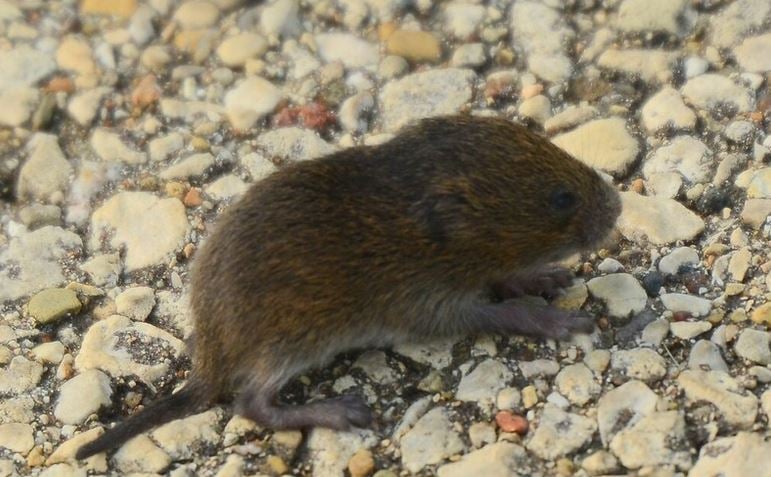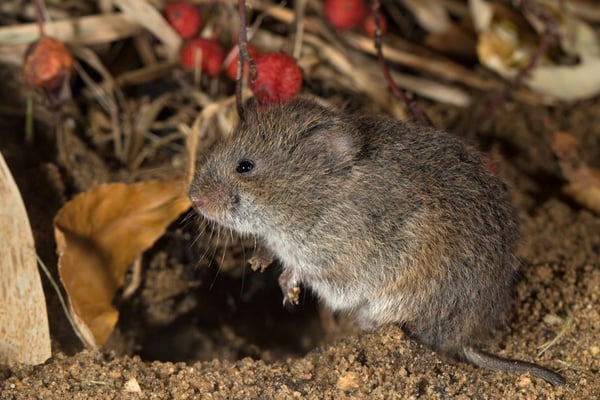Understanding Vole Bug Control: Extensive Insights on Invasion Avoidance and Treatment Methods
By identifying the subtle indicators of vole invasion early on, we can take proactive actions to stop widespread damages. In this discussion, we will certainly explore the subtleties of vole habits, dive into the recognition of invasion indicators, and discover the most efficient avoidance and treatment approaches.
Understanding Vole Actions
Taking a look at the foraging patterns of voles provides beneficial insights right into their actions and habitat preferences. By observing their foraging actions, researchers can obtain a much better understanding of where voles favor to establish their environments and the level of their environmental influence.
Research suggests that voles show careful feeding behaviors, choosing seeds, origins, and roots. This nutritional preference affects their foraging patterns, leading them to areas rich in plant life and ground cover. In addition, voles are known to produce sophisticated passage systems for foraging and nesting functions, suggesting a high degree of adaptability to their surroundings.
Comprehending vole actions is necessary for executing targeted parasite control actions that interrupt their environment preferences and foraging activities (vole pest control). By examining their behavior, experts can develop much more effective avoidance and therapy methods to take care of vole invasions

Identifying Indications of Vole Invasion
Vole infestations can be identified by acknowledging details signs of their visibility in an area. One of the most usual signs of a vole invasion is the presence of surface paths.
Another crucial indicator of vole invasion is the visibility of small burrow openings in the ground. Voles dig superficial burrow systems with numerous entrances and departures. These burrows work as shelter and nesting websites for the voles. In addition, voles are known to leave eaten plant stems, roots, and bulbs near their burrow openings, showing their feeding activity in the area.
Discovering these droppings along paths or near burrow openings can validate a vole infestation. By being vigilant for these indicators, property owners can immediately resolve vole infestations and protect against further damages.
Implementing Proactive Prevention Procedures

Furthermore, utilizing natural vole deterrents like castor oil-based repellents or predator urine can serve as reliable safety nets. It is hop over to here likewise advisable to consistently examine exterior spaces for any type of signs of vole task, such as runways or tunnel openings, to resolve prospective problems immediately. vole yard damage. By embracing these aggressive prevention methods, homeowner can substantially minimize the possibility of vole damage and keep the health and appearances of their landscapes
Effective Treatment Techniques
Including targeted capturing techniques and utilizing accepted rodenticides are essential components of effective treatment techniques for handling vole invasions. Trapping can be an effective method to minimize vole populaces, particularly when positioned strategically in their active runways. Snap catches and live catches can both work, with the last enabling the capture and relocation of voles. When utilizing rodenticides, it is important to comply with security guidelines to avoid wikipedia reference harm to non-target pets and pet dogs. Location rodenticides in safe bait stations to minimize risks to unplanned targets. In addition, environment adjustment, such as decreasing ground cover and eliminating resources of food, can assist discourage voles from infesting an area. Normal tracking and maintenance are also vital elements of successful therapy approaches to make sure that vole populations are maintained under control. By integrating trapping, rodenticides, habitat alteration, and constant monitoring, reliable vole bug control can be accomplished.
Tracking and Upkeep Tips
Regular click for more info tracking permits for the early discovery of vole task, making it possible for prompt treatment prior to problems worsen. To successfully check vole populaces, strategically placed traps can be used in vole runways or near burrow entries.
In addition, keeping a clean and clean landscape is vital in vole avoidance. Cleaning away particles, such as stacks of wood or dense greenery, eliminates potential vole habitats. Frequently cutting yards and trimming vegetation helps in reducing vole hiding spots and minimizes their access to food resources.
Furthermore, ongoing upkeep of physical obstacles, such as fences or cable mesh, is important to avoid vole invasion. Examining and repairing any kind of problems to these frameworks guarantees that vole control remains reliable in guarding homes from infestations. By incorporating these surveillance and maintenance practices right into a thorough vole bug control plan, people can successfully handle vole populations and shield their residential properties from damage.
Conclusion
To conclude, mastering vole parasite control calls for a strong understanding of vole habits, the capability to determine indications of infestation, implementing positive avoidance steps, reliable treatment approaches, and consistent surveillance and upkeep. By taking an extensive technique to vole control, individuals can effectively handle and protect against problems, eventually protecting their residential or commercial property and bordering setting from damage triggered by these tiny rodents.
In this discussion, we will check out the subtleties of vole behavior, dig right into the recognition of infestation indicators, and discover the most reliable avoidance and treatment methods.Integrating targeted capturing approaches and utilizing approved rodenticides are necessary parts of effective treatment methods for taking care of vole infestations. To efficiently keep an eye on vole populaces, purposefully placed traps can be used in vole paths or near burrow entries. Inspecting and repairing any type of damages to these frameworks makes certain that vole control continues to be effective in protecting properties from infestations. By integrating these surveillance and upkeep techniques right into a comprehensive vole insect control plan, people can effectively manage vole populations and protect their homes from damages.
Comments on “Professional Approaches for Vole Control and Avoidance”